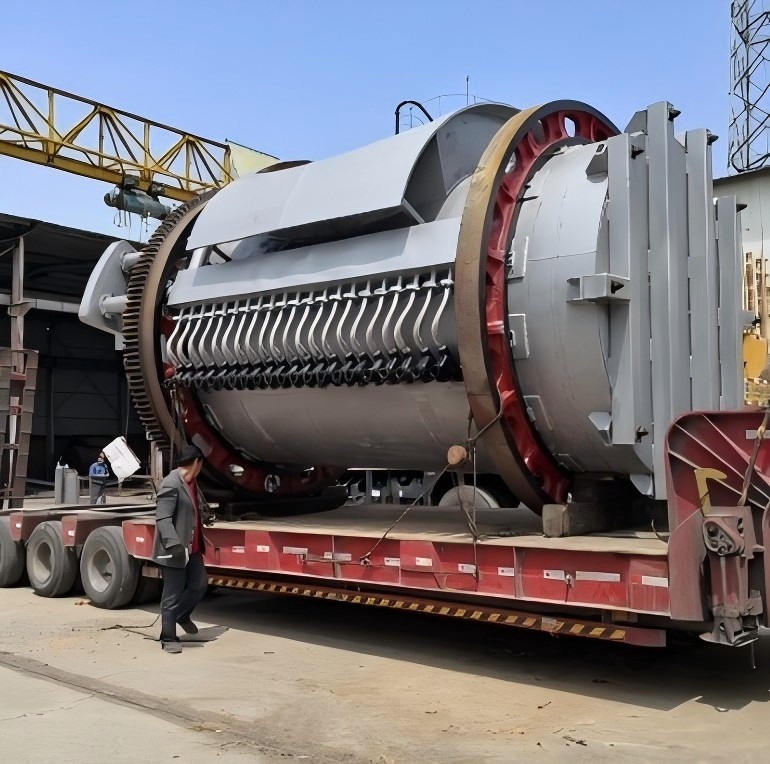NEWS&EVENTS
Oxidation refining is a traditional treatment process for precious lead. Its principle is to refine precious metal lead at high temperature, so that the easily oxidized and low melting point components (such as antimony, bismuth, lead, arsenic, etc.) enter the slag phase and smoke, and precious metals such as gold and silver with high melting points and not easily oxidized remain in the slag in the form of metal and are enriched. The residue is then subjected to subsequent treatment processes such as electrolysis and oxygen blowing to produce gold and silver that meet the standards. The converter furnace is the most common furnace type for precious lead oxidation refining in lead smelters.

When treating anode mud, oxygen or oxygen-enriched air is blown into the upper part of the furnace body, and multiple converter reduction and oxidation operations are performed. The various oxidized slags and smoke produced in this process will inevitably take away some precious metals, resulting in a significant reduction in the direct recovery rate of silver and gold. The UK first used ash blowing furnaces to replace silver separation furnaces for precious lead refining. Due to the particularity of the ash tray material and furnace structure, the problem of precious metals penetrating into the furnace bottom was avoided. China has perfected the ash blowing method based on the modern laboratory pyrometallurgical treatment and the traditional folk gold and silver refining process, which has achieved precise control of the air intake and atmosphere in the furnace, while reducing the production of dry slag, improving the separation efficiency of precious metals and lead and bismuth, and effectively solving the problem of low direct recovery of gold and silver. In order to solve the problem of large amounts of difficult-to-treat smoke (arsenic, lead, antimony) and waste slag produced in the oxidation method, a copper company in Shandong, China proposed an oxygen-enriched three-stage blowing process based on the differences in the oxidizability of metal components, which removed lead, bismuth, selenium and tellurium in turn, and was successfully put into production in 2012. Calculations show that the silver content in the alloy has increased from 7.44% to 91.86%, and the content of lead, bismuth, antimony, etc. is less than 0.001%. The process is highly suitable for raw materials and has a high metal recovery rate. The lead-silver-zinc crust produced during the pyrometallurgical refining of crude lead and crude bismuth is removed by smelting refining and vacuum distillation for zinc removal. The precious lead produced is also blown by ash blowing furnace to remove lead, and finally crude silver is obtained.
The refining and purification method of precious metal lead has been improved in China, which is easy to control and has a large processing capacity. Converter furnace play a huge role